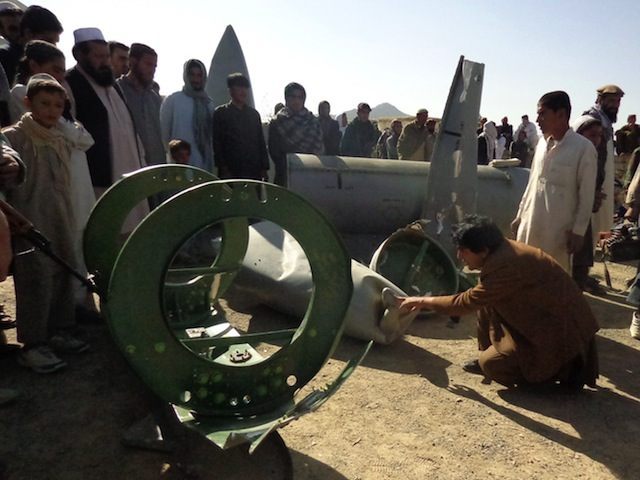WASHINGTON, D.C. — An estimated $300 million in U.S. taxpayer funds have been disbursed under President Obama’s watch to pay for “stabilization programs” that have fueled Taliban support and violence in Afghan villages, an independent watchdog agency appointed by Congress reveals.
The rural stabilization programs in Afghanistan, implemented under the Obama administration, are administered by the United States Agency for International Development (USAID).
They are “aimed at helping the Afghan government extend its reach into unstable areas and building local governance capacity,” notes the office of the Special Inspector General for Afghanistan Reconstruction (SIGAR) in its latest quarterly report to Congress.
As part of its mandate to determine whether the USAID programs have prompted the intended changes in stability at the Afghan district and village levels, the Measuring Impacts of Stabilization Initiatives (MISTI) program, a third-party monitoring and evaluation program, recently released the results of data it collected in 107 districts between September and November 2014.
It found that that stability was lower in villages that received assistance under the USAID stabilization programs, notes John Sopko, the special inspector general, in the 256-page report.
“MISTI also explored the relationship between USAID stability programs and the insurgency and found increased support for the Taliban when USAID stabilization programs were implemented in Taliban-controlled villages,” he said. “Additionally, violence increased in government-controlled villages that received USAID stability projects.”
“MISTI concluded that insurgents will purposely target villages because of stability projects,” Sopko declares.
In response, USAID reportedly argued that a “definitive correlation of USAID stability projects and violence is unsubstantiated,” noting that they “do not dispute that violent incidents occur in the vicinity of their stability projects.”
MISTI’s conclusion that USAID’s stabilization programs in Taliban-controlled villages fuels support for the terrorist group indicates that the “Taliban substantially boosted its local popularity by allowing programming to take place in these villages,” explains USAID, according to SIGAR.
The active USAID stability programs include the Stability in Key Areas (SIKA) projects, the Community Cohesion Initiative (CCI) program, and the Afghan Civilian Assistance Program III (ACAP III).
Between December 2011, when the first program was implemented, and Sept. 30 of this year, Obama’s USAID disbursed an estimated $297 million in U.S. taxpayer funds to pay for the rural stabilization effort in Afghanistan.
The total cost of the effort, which is expected to end in February 2018, is estimated at $341 million.
Afghanistan has been gripped by a surge of Taliban violence since President Obama and NATO ended their combat operations at the end of 2014, withdrawing most U.S. and international troops from the war-torn nation.
By December 2014, Afghan civilians and security troops had suffered a historic number of casualties at the hands of the Taliban.
President Obama’s initial promise was to reduce the U.S. military presence in Afghanistan to a small embassy-level force by the end of 2016.
However, he has decided to keep an estimated 5,500 troops beyond that year, without specifying how long they will remain there.
Since the president was inaugurated for his first term on January 20, 2009, at least 1,672 U.S. troops have lost their lives, and another 17,425 have been wounded in action while supporting Afghanistan war operations.
Overall, at least 2,230 U.S. service members have been killed and another 20,129 injured in the ongoing conflict, which started on October 7, 2001.

COMMENTS
Please let us know if you're having issues with commenting.